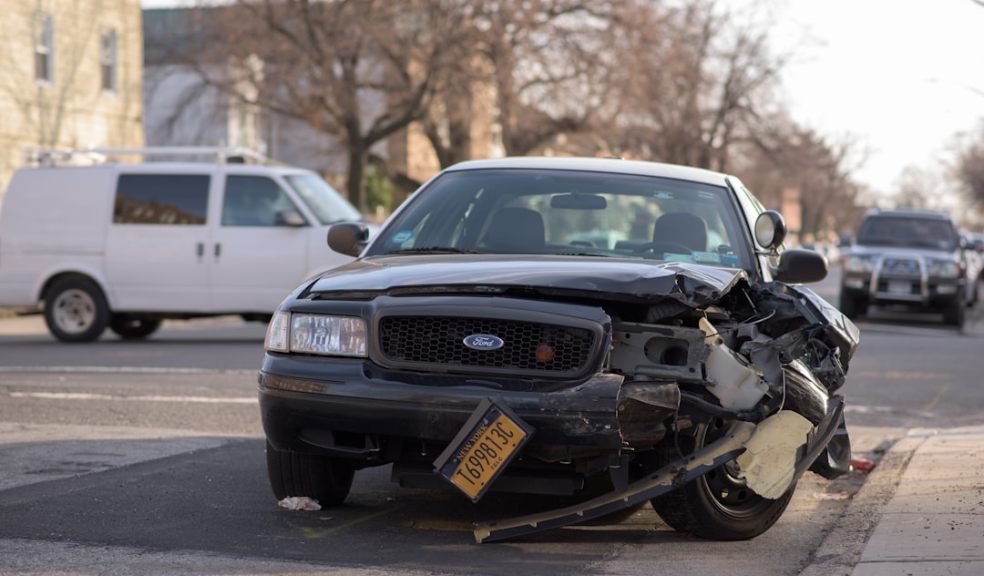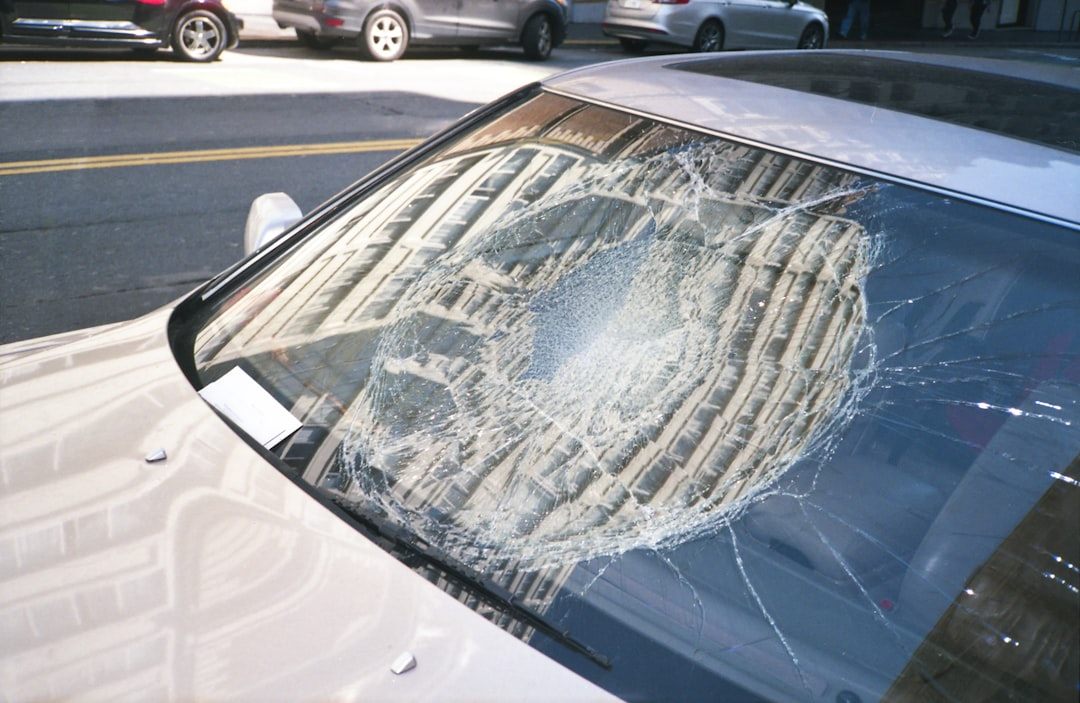
Understanding Negligence in Car Accidents: How It Leads to Personal Injury Claims
Car accidents can be a traumatic experience, often resulting in physical and emotional distress. Understanding the concept of negligence in car accidents is crucial for anyone seeking to file a personal injury claim. Negligence is a legal term that refers to a failure to exercise the care that a reasonably prudent person would exercise in similar circumstances.
For those living in the South West, this failure subsequently can subsequently lead to claims for personal injuries in Bristol. If you find yourself in such a situation, it's essential to understand your rights and the legal avenues available to you. In this article, we’ll explain how to understand how car accidents can lead to personal injury claims.
What is Negligence?
Negligence occurs when a driver fails to take reasonable care to avoid causing injury or loss to another person. It involves several elements that must be proven for a successful personal injury claim
- Duty of Care: The defendant owed a legal duty to the plaintiff under the circumstances.
- Breach of Duty: The defendant breached that legal duty by acting or failing to act in a certain way.
- Causation: It was the defendant's actions (or inactions) that actually caused the plaintiff's injury.
- Damages: The plaintiff was harmed or injured as a result of the defendant's actions.
Common Examples of Negligence in Car Accidents
Negligence can manifest in various ways during car accidents. Here are some common examples:
- Distracted Driving: Activities such as texting, eating, or using a navigation system while driving.
- Speeding: Driving above the speed limit or too fast for the conditions.
- Drunk Driving: Operating a vehicle under the influence of alcohol or drugs.
- Ignoring Traffic Signals: Failing to stop at red lights or stop signs.
- Reckless Driving: Aggressive driving behaviours, such as tailgating or unsafe lane changes.
Distracted Driving
Distracted driving is one of the leading causes of car accidents. This includes not only using mobile phones but also other distractions like eating, adjusting the radio, or talking to passengers. According to the legal definition of negligence, a distracted driver who causes an accident can be held liable for any resulting injuries.
Speeding
Speeding is another common form of negligence. Exceeding the speed limit reduces the driver's ability to react to sudden changes in the road environment. This can lead to severe accidents, especially in areas with high pedestrian traffic or adverse weather conditions.
Drunk Driving
Driving under the influence of alcohol or drugs is not only illegal but also extremely dangerous. Such impairments can significantly affect a driver's reaction time, coordination, and judgement. For example, the guidelines on driver negligence highlight the severe consequences of such actions, emphasising the importance of sober driving.
Ignoring Traffic Signals
Failing to obey traffic signals is another form of negligent driving. This includes running red lights, ignoring stop signs, and failing to yield the right of way. Such actions can lead to severe accidents at intersections, often resulting in significant injuries to both drivers and passengers.
Reckless Driving
Reckless driving encompasses a broad range of behaviours that demonstrate a disregard for the safety of others. This includes aggressive driving techniques like tailgating, making unsafe lane changes, and excessive speeding. Reckless drivers are often held liable for accidents due to the clear and dangerous nature of their actions.

Establishing Liability in Car Accident Cases
To establish liability in a car accident case, it is essential to gather evidence that demonstrates the other driver's negligence. This evidence can include:
- Police Reports: Official reports detailing the circumstances of the accident.
- Witness Statements: Testimonies from individuals who observed the accident.
- Photographic Evidence: Photos of the accident scene, vehicle damage, and any visible injuries.
- Medical Records: Documentation of any injuries sustained as a result of the accident.
Police Reports
Police reports are a critical piece of evidence in car accident cases. They often contain details about the accident, including the officer's observations, witness statements, and any citations issued. These reports can provide a valuable third-party account of the incident.
Witness Statements
Witness statements can significantly strengthen a personal injury claim. Witnesses can provide objective accounts of the accident, helping to establish the sequence of events and the actions of the drivers involved.
Photographic Evidence
Photos taken at the scene of the accident can serve as crucial evidence. They can help to illustrate the extent of the damage, the position of the vehicles, and any road conditions that may have contributed to the accident. This visual evidence can support claims of negligence and help to establish liability.
Medical Records
Medical records are essential for documenting the injuries sustained in the accident. They provide evidence of the physical harm caused by the accident and are necessary for calculating the compensation for medical expenses, pain and suffering, and any ongoing treatment or rehabilitation.
Understanding Negligence in Car Accidents...
Understanding negligence in car accidents is fundamental for anyone considering filing a personal injury claim. Negligence can take many forms, including distracted driving, speeding, drunk driving, ignoring traffic signals, and reckless driving. Establishing liability requires gathering evidence such as police reports, witness statements, photographic evidence, and medical records.
By understanding these elements, you can better navigate the legal process and seek the compensation you deserve for your injuries and losses. For further guidance on what to do after a car accident, consider visiting resources on steps to take following a collision.













